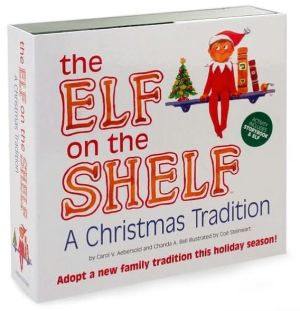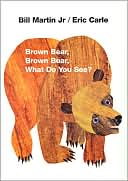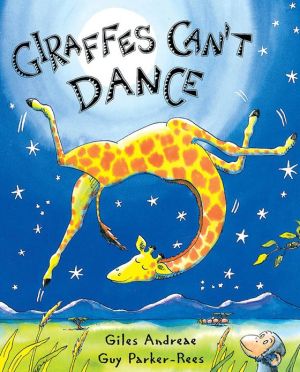Zen Ghosts
It's Halloween. \ The trees are ablaze in fiery reds. Excited children don colorful costumes. And there's mystery and fun around every corner! \ When Addy, Michael, and Karl finish trick-or-treating, their bags are brimming with treats. But the fun isn't over yet. Their good friend Stillwater the panda has one more special surprise in store for them. A mysterious visitor is about to tell them a spine-tingling story -- one that will fill each and every reader with wonder.
Search in google:
It’s Halloween.The trees are ablaze in fiery reds. Excited children don colorful costumes. And there’s mystery and fun around every corner!When Addy, Michael, and Karl finish trick-or-treating, their bags are brimming with treats. But the fun isn’t over yet. Their good friend Stillwater the panda has one more special surprise in store for them. A mysterious visitor is about to tell them a spine-tingling story -- one that will fill each and every reader with wonder. Publishers WeeklyIn the third of Muth's contemplative series, Stillwater the panda comes dressed as a ghost to join Addy, Michael, and Karl on Halloween. After trick or treating, they travel through the misty night to Stillwater's house. There, another panda (which one is Stillwater?) shares a ghost story, painted in black ink and based on a Zen koan, which questions the nature of identity. Haunting in multiple senses of the word, this tale should captivate thoughtful readers, as Muth's watercolors convey a world of infinite possibility and gentle enchantment. All ages. (Sept.)
\ Publishers WeeklyIn the third of Muth's contemplative series, Stillwater the panda comes dressed as a ghost to join Addy, Michael, and Karl on Halloween. After trick or treating, they travel through the misty night to Stillwater's house. There, another panda (which one is Stillwater?) shares a ghost story, painted in black ink and based on a Zen koan, which questions the nature of identity. Haunting in multiple senses of the word, this tale should captivate thoughtful readers, as Muth's watercolors convey a world of infinite possibility and gentle enchantment. All ages. (Sept.)\ \ \ \ \ Children's Literature\ - Anita Barnes Lowen\ This Halloween is special. Stillwater, the panda, knows someone who will tell Karl, Addy, and Michael a ghost story...or draw them a story. With muted brush strokes, the story of Senjo unfolds. Long ago Senjo hoped to marry her childhood friend, Ochu. But, sadly, her father became ill and her parents married her to a prosperous man who could take care of the family. When Ochu heard this news, he fled. He told no one—not even Senjo. But as he traveled down the river, he saw Senjo running along the river bank. Together they journeyed far away and married. As the years passed, Senjo was overcome with a longing to see her parents and so the two returned to their childhood home. Senjo's father was astonished when Ochu told him that Senjo was waiting to greet him. He swore that his Senjo had never left the village, that she had been bedridden for years. He hurried to his daughter's bedside; when she heard this news, she rose from her bed and went down the stairs. At that moment Ochu arrived with his Senjo. And "the two Senjos, upon seeing each other, merged and became one." The story of Senjo and her Soul Are Separated (written down in the thirteenth century) is a koan—a story or question contemplated by Zen students to find enlightenment. This koan is about duality. As the storyteller asks, "Which Senjo is the true one?" The author suggests that children have questions about duality at a very young age. "There is the me I am with my parents, the me I am with my friends." Are they the same or different? The story of Senjo is enchanting; less so is the author's Halloween lead-in, which seems superfluous. The youngest readers may be attracted to the Halloween tale but are likely to lose interest after the abrupt change to a sophisticated "ghost" story. Older children may enjoy and understand Senjo's story, but might find the picture book format and the Halloween story childish. Beautifully illustrated with watercolor and ink images. Reviewer: Anita Barnes Lowen\ \ \ School Library JournalGr 1–6—It's Halloween, and the three siblings introduced in Muth's Zen Shorts (2005) and Zen Ties (2008, Scholastic) are working on their costumes when Stillwater appears at their door. The panda invites Addy, Michael, and Karl to meet him after trick-or-treating to hear a ghost story. The walk through the forest is filled with mystery. Stillwater himself—who said he would be a ghost this Halloween—is at times almost transparent, and his round, white bamboo lantern mimics the full moon. Inside his house is another panda who looks exactly like Stillwater. His story, which is told in words and brush-and-ink drawings, is based on an old Zen koan, or puzzle, about a young woman who is with her husband in a faraway land and yet very ill and at home with her parents. It invites listeners to consider duality, or perception vs. reality, and is at the same time a wonderfully haunting tale that's perfect for Halloween. When the story ends and the illustrations return to the earlier complex, evocative watercolors, it isn't clear whether Stillwater and the storyteller are two entities or one. The children and readers are left to consider this and other mysteries as both tales come to a close. Muth's artistic gifts are so breathtaking that they will draw in even those whose attention spans are not at first up to the demands of the text. The book functions on many levels, from seasonal Halloween story to ghost yarn to deep philosophy, and succeeds spectacularly on all of them.—Susan Weitz, formerly at Spencer-Van Etten School District, Spencer, NY\ \

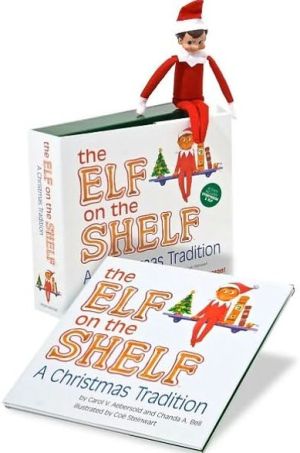
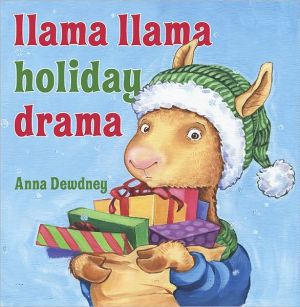
![Tickle Monster Laughter Kit [With Tickle Mitts] Tickle Monster Laughter Kit [With Tickle Mitts]](/application/data/covers/98/35/9781932319835.jpg)
